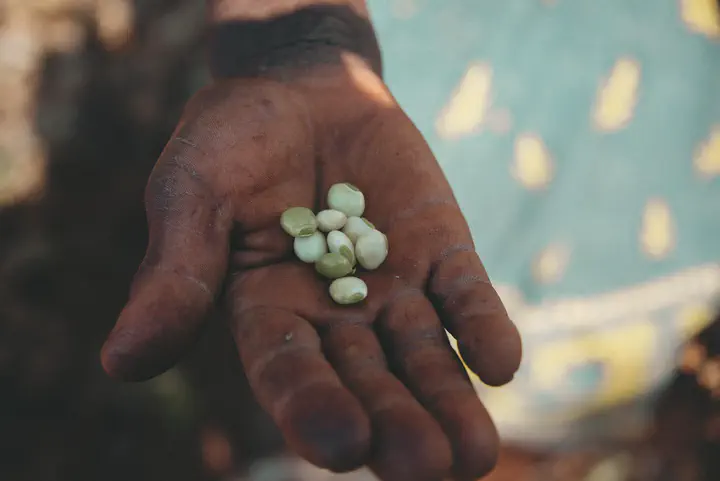To enhance SDG research, open up commercial satellite image archives

A call for action published in PNAS! In this opinion piece Philippe, Patrick, and an international team of experts on remote sensing in smallholder agricultural systems argue for improved access to commercial very-high-resolution satellite images.
Currently, 84% of the targets defined under the SDGs are off-track. For SDG 2 (Zero Hunger), targets are far from being met across almost all world regions. Earth Observation has been an important cornerstone for delivering data on indicators for 11 of the 17 SDGs. Unfortunately, the power of EO technologies cannot be used everywhere. For monitoring agriculture in smallholder landscapes, currently available satellite data is often not of sufficient spatial resolution for many applications.
A wealth of commercial satellite image providers acquire the much needed data but at prices unaffordable to institutions involved in research. As an example, data acquired by the SPOT 6/7 satellites (1.5 meter resolution) are marketed at a price of 2 Euros per square kilometer. For a one-time national coverage of Mozambique, the costs for image data would round up to 1.6 million Euros. Building on previous initiatives to open up commercial satellite data, we call for public entities and commercial providers to join forces to make VHR EO data for smallholder regions a digital public good available for noncommercial, sustainability-oriented research.
Please find the full paper online in PNAS.